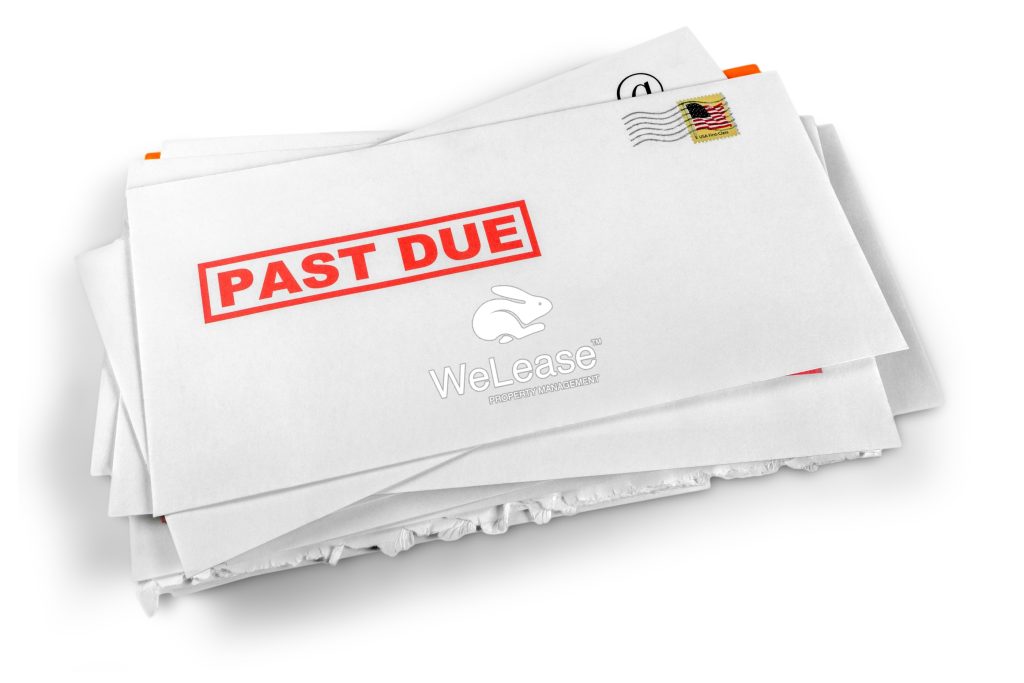Here are several actions you may do if your renter is delaying on their rent. When a new renter moves in, you expect them to pay their rent on time every month on the first. This isn’t always the case, however. Some renters may be late paying rent, despite their best intentions, and you may need to send a late rent notice. Late rent payments are an unavoidable aspect of owning or managing rental property. As a result, having a strategy for late rent, which includes an uniform letter to send to renters, will help the issue go much more easily.
What Exactly Is a Notice of Late Rent?
Briefly defined, a late rent notice is a letter sent to a renter by the property management (or owner) advising them that their rent is overdue for payment, as specified in the lease agreement. The rent amount, when it’s due, when it’s deemed late, and how you’ll contact renters about missed rent should all be included in the lease. The notice informs the renter of the amount they owe, any late penalties that will be assessed, and the due date for rent payment. You should also add the following actions for tenants, such as whether they should pay the rent and stay in the house, or what will happen if they don’t, such as initiating the eviction process.
It’s a good idea to encourage renters to talk to you about late rent. You’ll be able to tell whether they’re having financial difficulties or if they think you’re not upholding your half of the lease agreement, such as ignoring maintenance, if you communicate well with them. Try to cooperate with tenants to come up with a solution that benefits everyone to preserve a nice connection with them.
What Should a Late Rent Notice Include?
Check your local rental laws to see if there are any limitations about late rent before preparing a late rent notice. You’ll want to know if you may impose late fees, if there are any time limits on what constitutes late rent, and when you must inform renters that you’re taking action. The following things should be included in most late rent notices:
- The rental’s full property address
- The date on which the notification was issued 3. The names of the tenants on the lease
- The unpaid rent amount
- A list of late payments
- Options for late rent payment, such as online or by cheque
- A description of what will happen if they are unable to pay the late rent or continue to pay late payment.
- A deadline for the matter to be resolved
- The property manager’s or owner’s signature
- Property manager or owner contact information
When Should You Send a Notice of Late Rent?
Tenants are usually required to pay rent on the first of the month by property management. They’ll also say when rent is late, which is normally five or seven days beyond the due date. As a result, the optimum time to send a late rent notice is right after the grace period has expired. Local rental regulations frequently specify when rent is past due, when notices must be sent, whether late fees can be added, and how much late fees can be charged. Some late fines are calculated as a percentage of the rent, such as 5%, or as a flat cost. In your leasing agreement, include all of these data. You can deliver the notice in person or send it certified mail, which provides proof of delivery. Another option is to email it with a “read receipt” notifying you that the tenant opened the message. However you send it, maintain a copy of the late rent notice in your files.
When Can I Send a Notice of Late Rent?
Late rent payments are unlikely to occur, according to property managers and owners. However, there are situations when circumstances beyond a tenant’s control prohibit them from paying on time. Being prepared and writing a late rent notice will make the problem much easier to settle.

